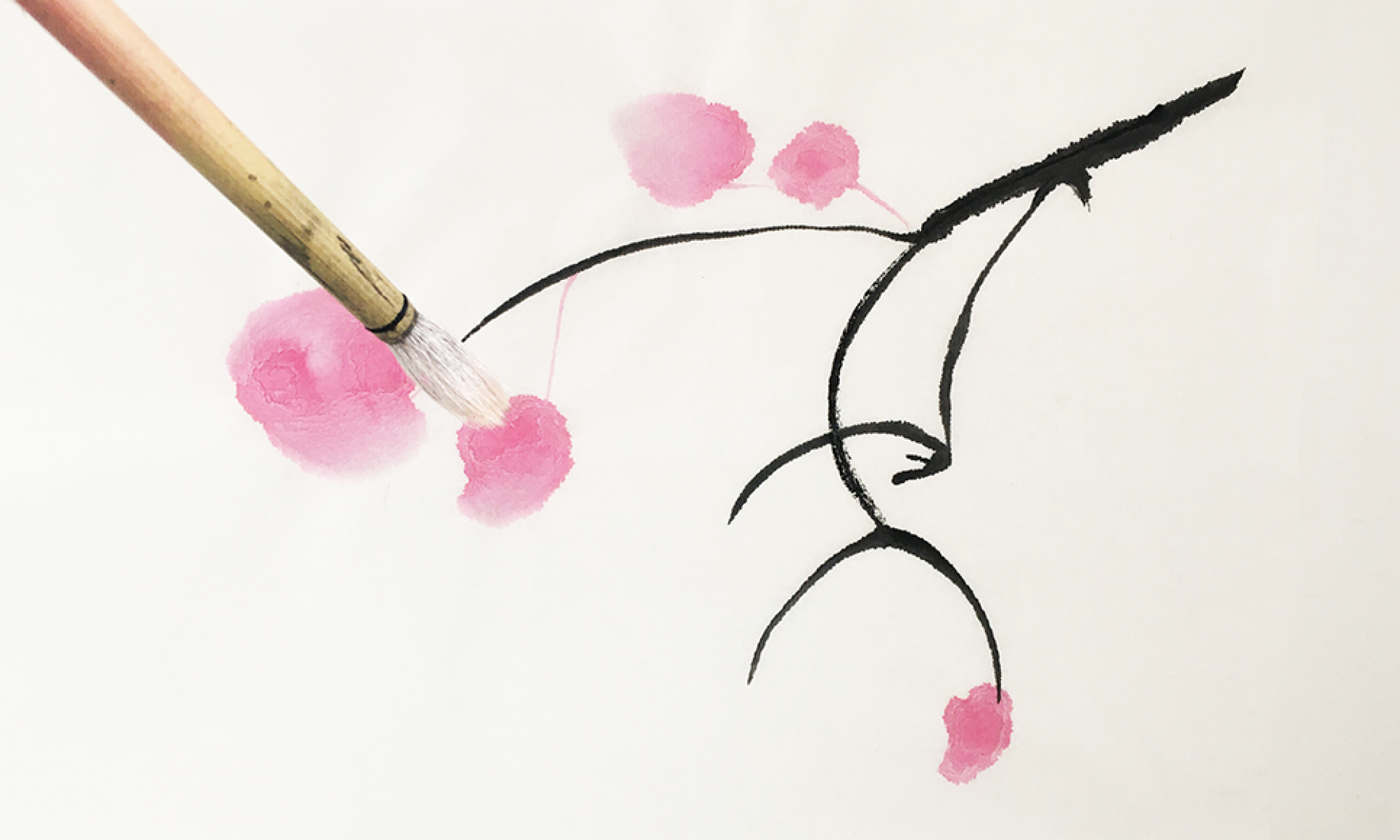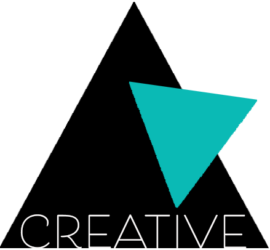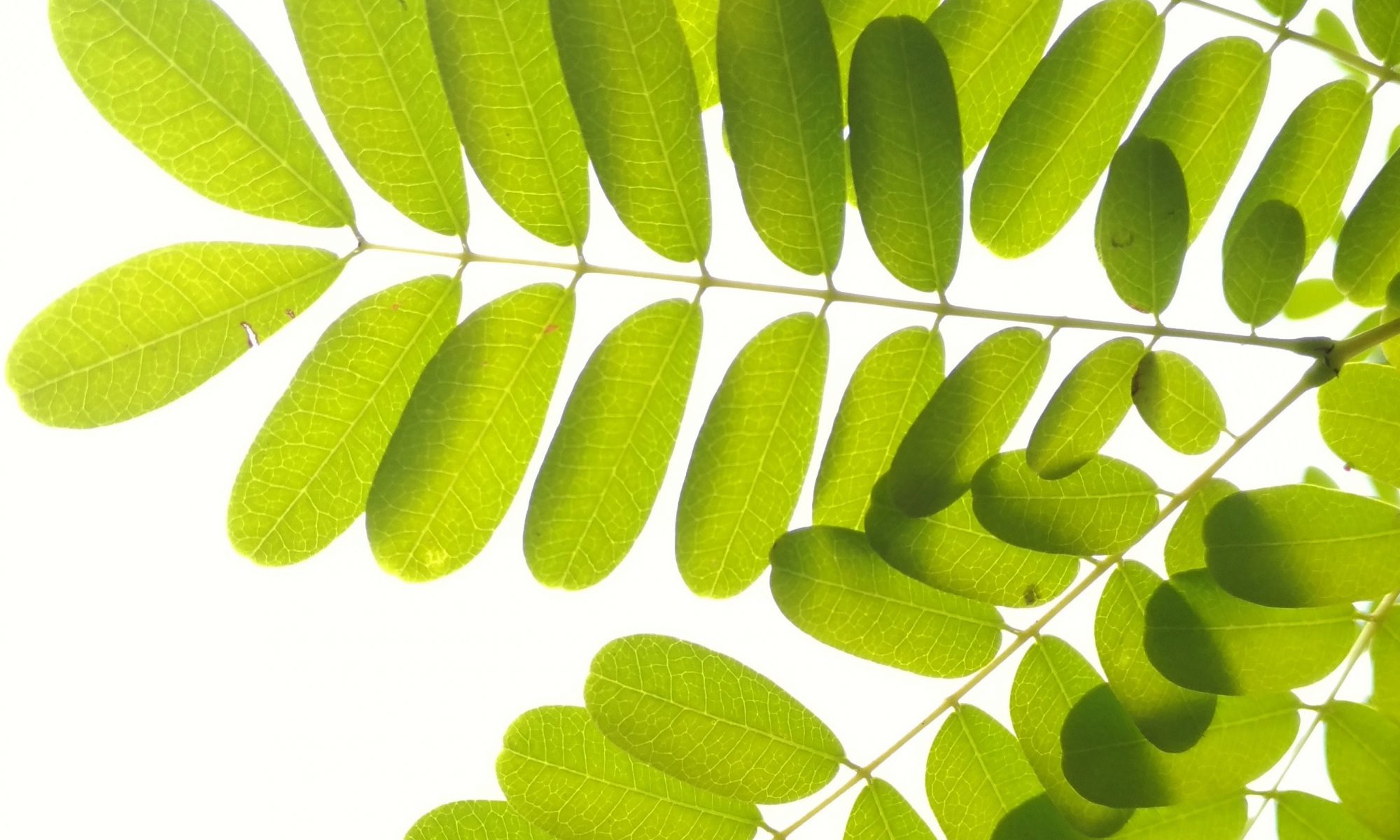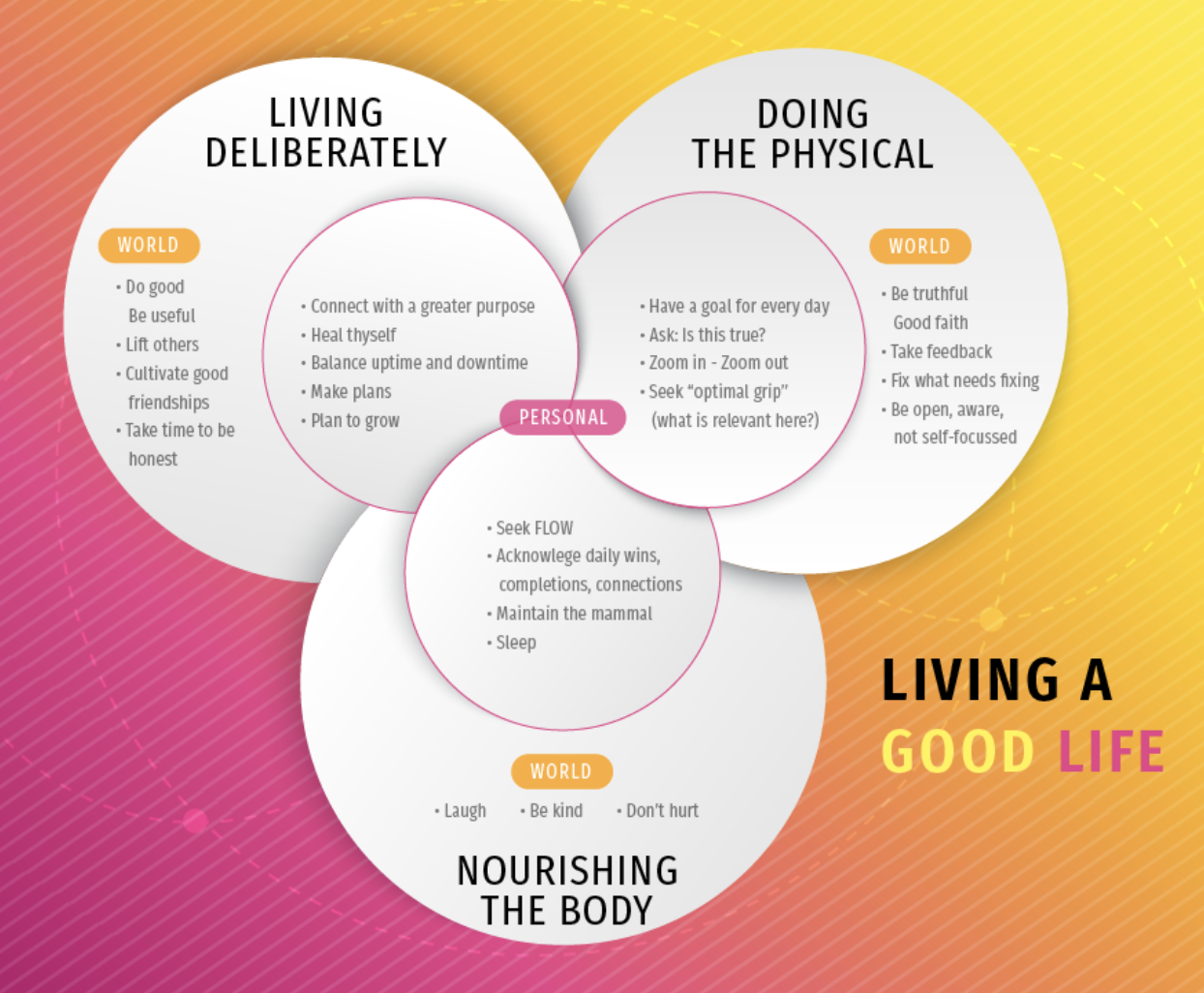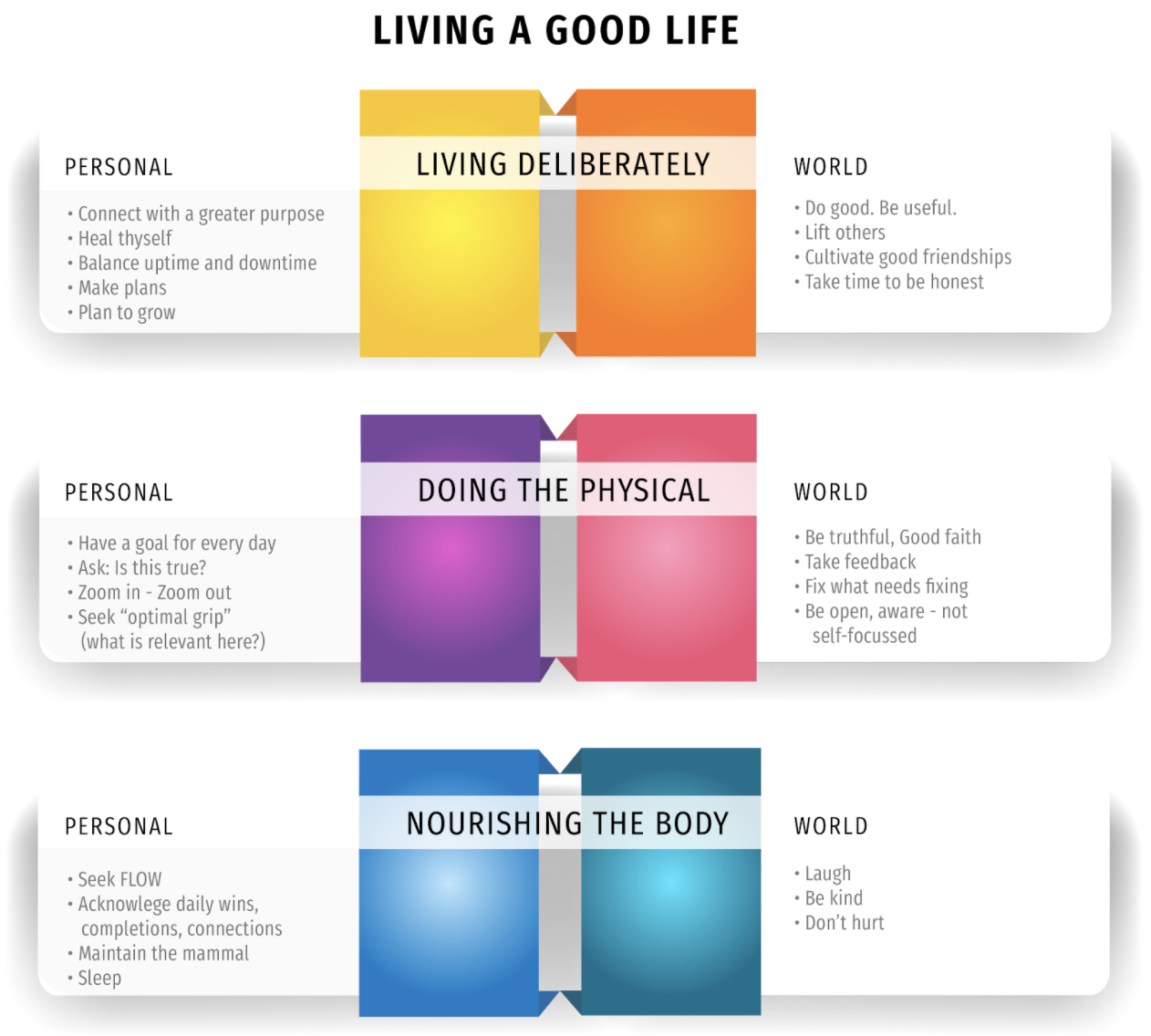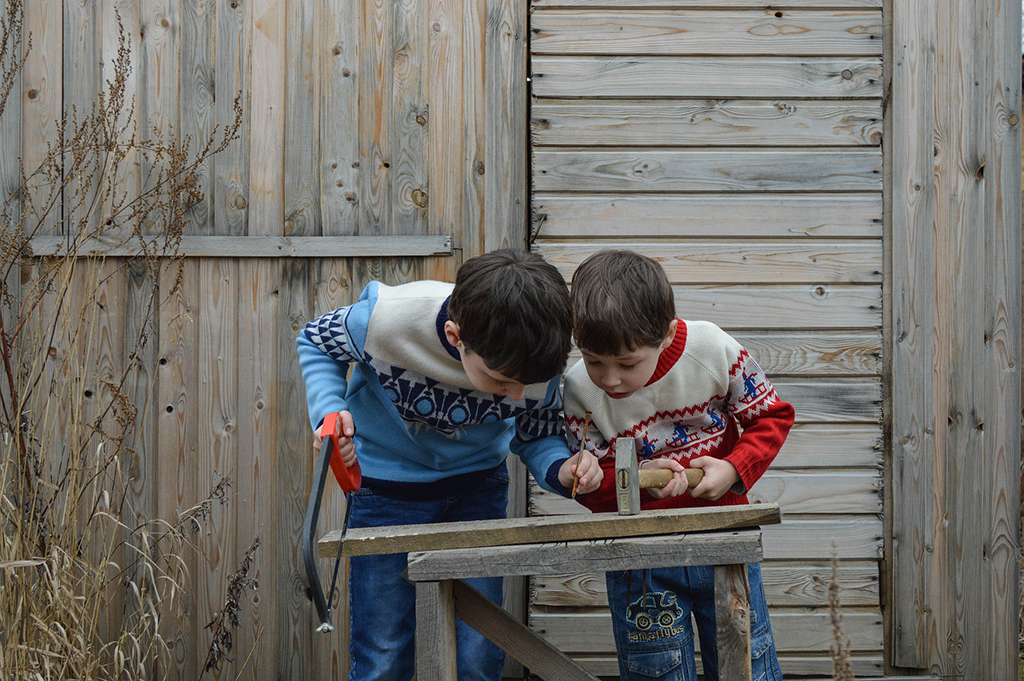Often when we wish someone good-bye – we say “take care”. Like most language habits it’s trotted out unconsciously, just part of the sleep state we spend most of our time in.
But is it worth pondering what “take care” might mean in your day? What would it be like to approach things with care? Not so seriously to crowd-out a care-free demeanor, but…
This morning I finished a yoga session and had allowed it to be more than physical – there was more space induced by the breath, postures and released endorphins. The wind is blowing a gale today – I stepped toward the window to close it.
I’m pretty good at closing windows, done it thousands of times. So my hand grasped the window unconsciously and automatically and started to slide it shut.
Blown by gusts inside the window there were small end branches of a bush (planted outside the window). I could have easily crushed them in closing the window. Luckily* there was enough space in me to see the branches and STOP.
Still, mostly automatic, I reached to carefully moved a branch outside the window. Then everything changed – in the caring touch, I saw the scene for the first time.
I really could see it.
For the first time I watched these branches – they were flashing and sparking with the morning light as the gusts jostled them around. The tints of green, the veins of growth rippling through the leaves and the sturdy and the willowy resilience of the end stems of the branch. And the truth was there of why branches bend in a gusty wind.
It was over in a few seconds, but it was a privilege to have taken enough care with the branches to be gifted that experience in return.
So it seems that “taking care” is a great example of “give and you shall receive”**.
* The yoga had made my own luck.
** I’m not invoking Christianity with this quote, just the naturalistic experience seems to match the words.
Note: I owe:
a) both “take care” and “make your own luck” to Henryk, who I have posted about previously.
b) STOP to my teacher Ron. This is the first part of the “Stop, Breath, Stillness, Balance” practice.
